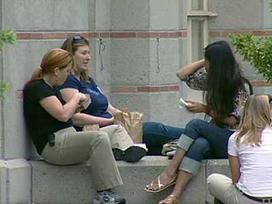Arranging and attending interviews at teaching hospitals is a huge part of the process. You'll want to interview at some hospitals before you apply, so you can decide if they're somewhere you really want to spend the next three to five years (or more) of your life. However, some schools won't interview you unless they've invited you, so you'll have to apply first. If you want a really good look at a hospital before you apply for a residency there, you can spend some time working there during the clinical portion of med school. This is known as a visiting elective.
Experts in the interview process recommend setting up your interviews fairly early, and scheduling them so that the programs you really want to join are fourth or fifth on your list. That way you get some practice in before you have any high-stakes interviews [source: Kopriva].
Don't forget that you need to be able to get to the interview. Some hospitals will pay travel costs for applicants, but not all of them do. If you're applying to a hospital in Hawaii that doesn't cover costs, make sure you can afford the plane ticket. You might have to take out additional student loans to cover your interview travel costs.
Aside from practice, the key to a successful interview is planning. Make sure all the logistics are squared away (your flight in and out, housing, transportation and itinerary). Do a thorough job of researching the program. Make sure you know who you'll be meeting with, their titles and what part they play in the program. That will let you address the correct person when you have questions during the interview and also show the program directors that you're serious about joining them. You should be knowledgeable in the specialty you want as well – if you say you're interested in the dermatology specialty, but don't seem to know much about it, it won't speak well of your dedication and passion for medicine (two things residency programs look for).
Preparing for the interview itself is similar to prepping for any big interview you'll experience in your life. Be on time, dress appropriately, don't lead off with questions about salary, and make sure to smile at everyone you meet.
Once the interviews are done, who determines what hospital you'll be a resident at? Find out about Match Day in the next section.





